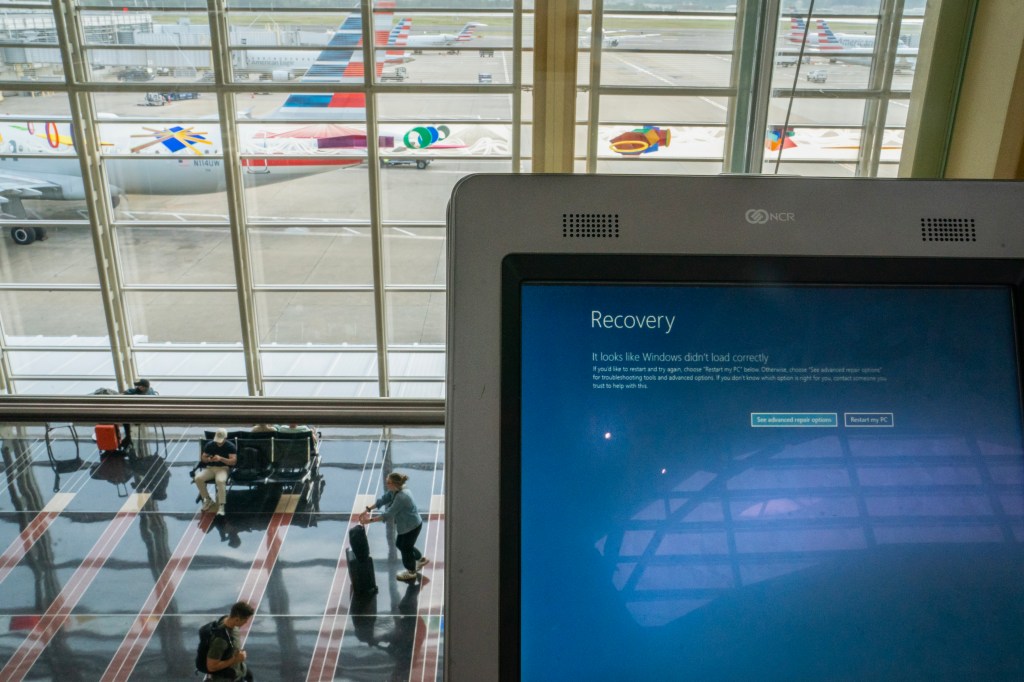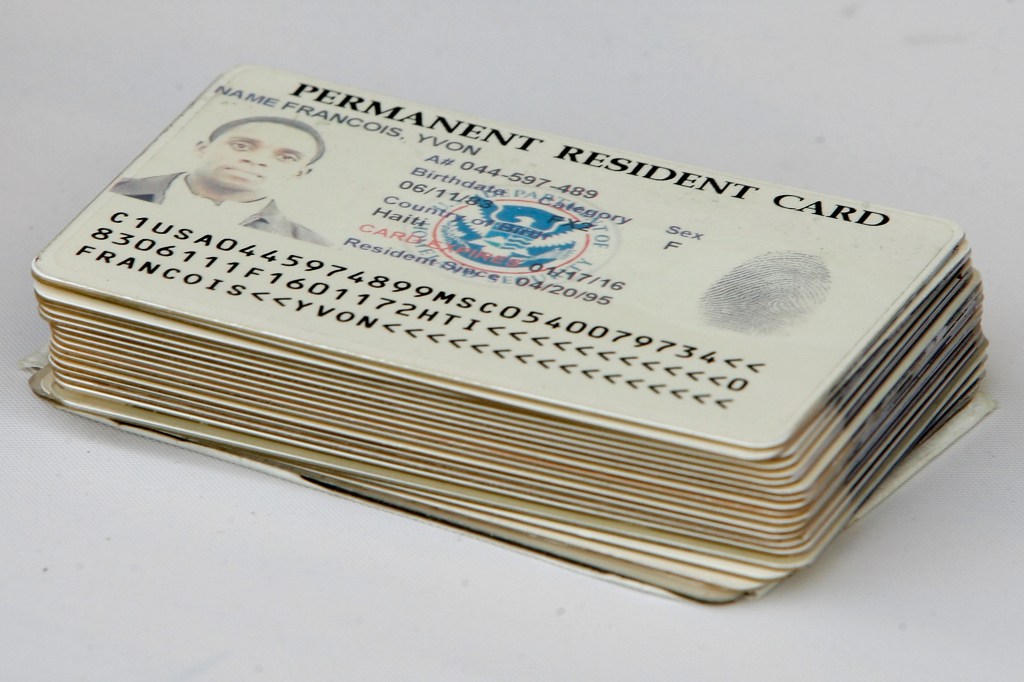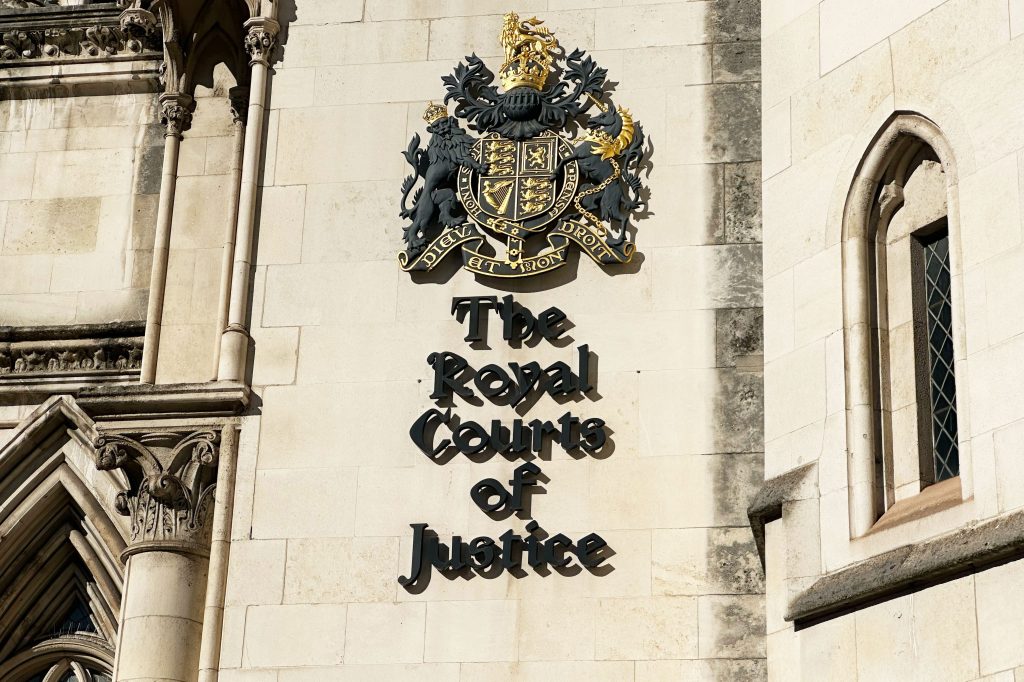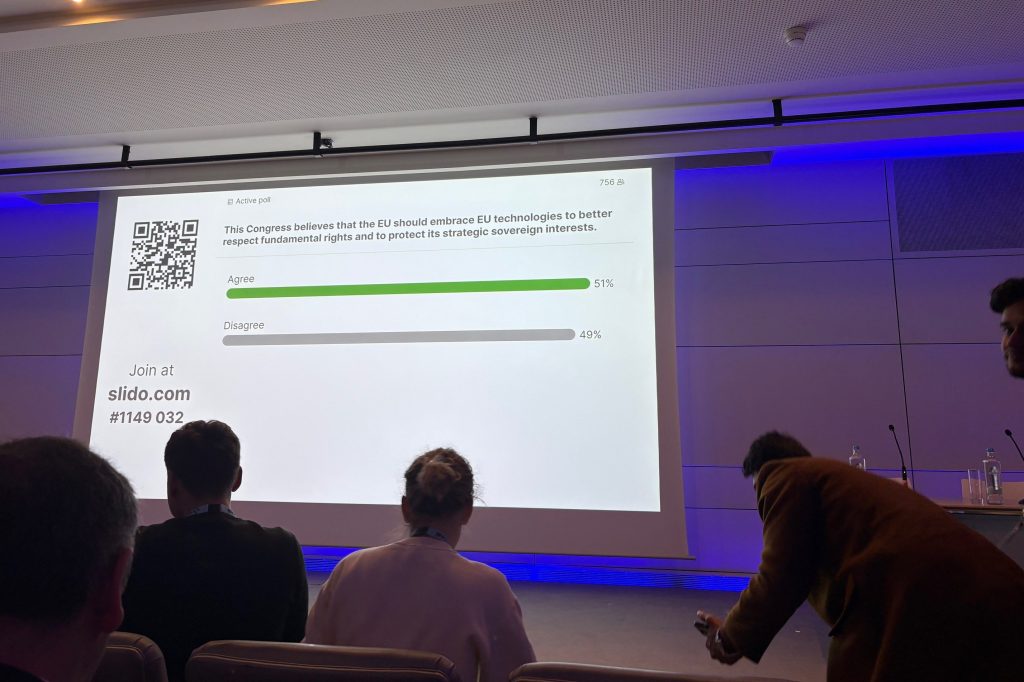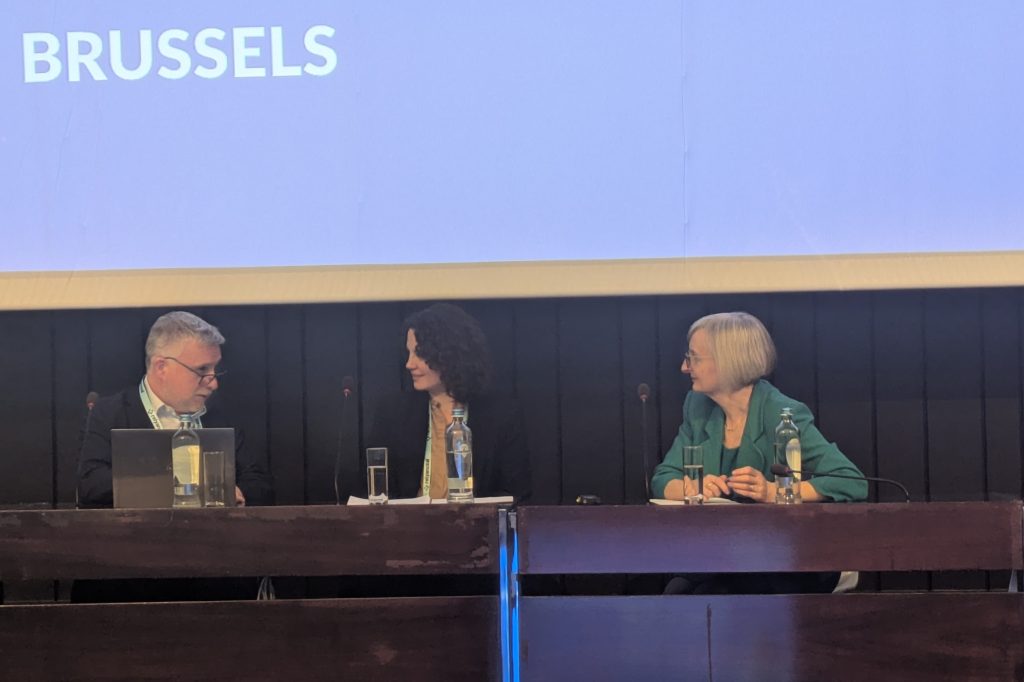Last week, Commodity Futures Trading Commission (CFTC) Commissioner Christy Goldsmith Romero proposed that the CFTC increase its transparency in public documents about enforcement decisions in specific cases, “rather than rely on public documents with limited information supplemented by individual Commissioner statements.”
She said she is concerned that transparency is often
Register for free to keep reading.
To continue reading this article and unlock full access to GRIP, register now. You’ll enjoy free access to all content until our subscription service launches in early 2026.
- Unlimited access to industry insights
- Stay on top of key rules and regulatory changes with our Rules Navigator
- Ad-free experience with no distractions
- Regular podcasts from trusted external experts
- Fresh compliance and regulatory content every day

